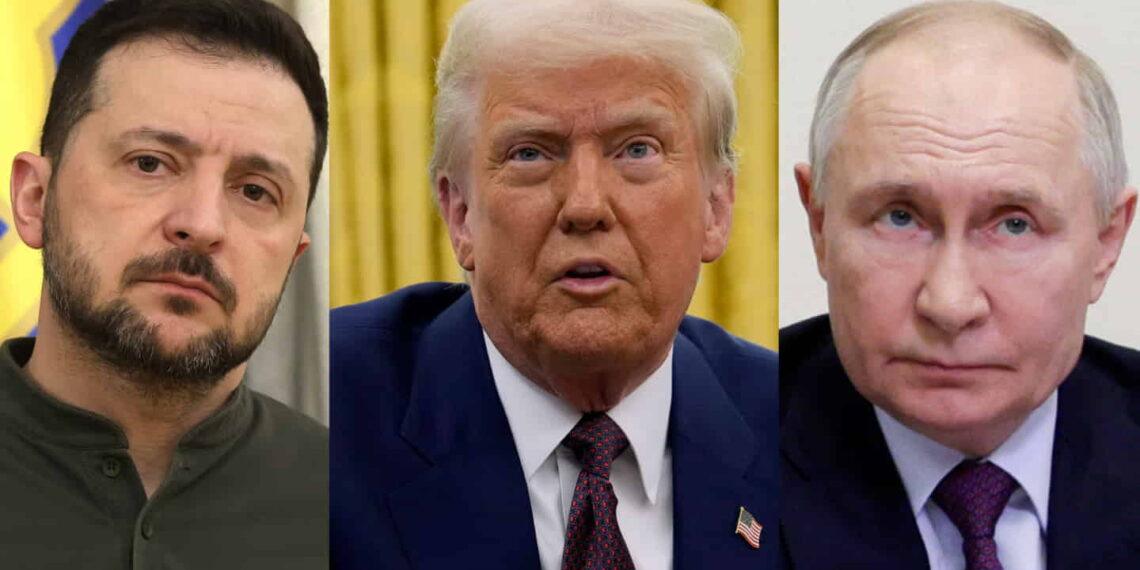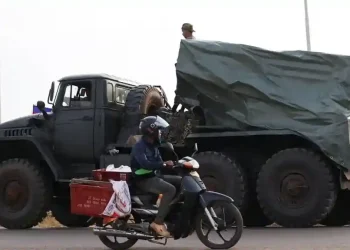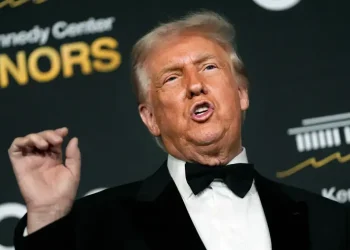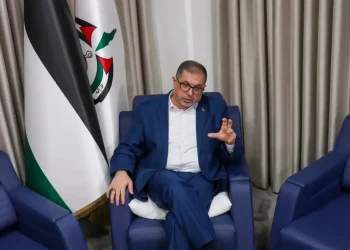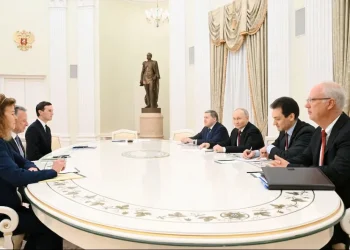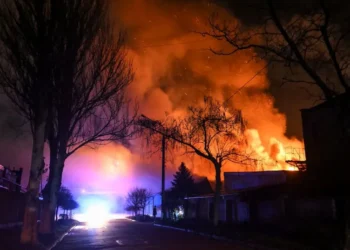Trump’s ‘America First’ Policy: How Ukraine Was Sold Out for Rare Earth Minerals
Trump’s Priorities: Business Over Borders
In Donald Trump’s world, everything has a price—including Ukraine’s future. The U.S. president’s stance on Eastern Ukraine is clear: he doesn’t care who controls the region, as long as he can access the rare earth minerals beneath its war-torn soil.
Trump’s approach to peace isn’t about justice or shared democratic values. Instead, his goal is a deal—any deal—that can be sold as a personal victory. To achieve this, he’s pressuring Ukraine and Europe to offer concessions that will bring Russia to the table.
“I’m just here to try and get peace,” Trump said from the Oval Office. “I don’t care so much about anything other than I want to stop having millions of people killed.”
A Drastic Shift in U.S. Policy
For years, the U.S. supported Ukraine’s defense, ensuring it had the means to fight back against Russian aggression. But Trump’s strategy isn’t about defending Ukraine—it’s about stopping its resistance.
Under President Biden, the policy was clear:
? “Nothing about Ukraine without Ukraine“—meaning Ukraine had the final say in any negotiations.
Now, under Trump, the driving force isn’t military strategy, it’s political optics. His administration sees the issue not as a battle for democracy, but as a domestic concern—a reflection of inflation, economic pressure, and election results in the U.S.
Trump’s Opening Offer: A Surrender?
Many in Europe view Trump’s negotiation strategy as capitulation. A European official described it as “a surrender”, with Trump essentially offering Russia a deal before formal talks even begin.
Russia, however, wants more. In a statement, Vladimir Putin demanded that any agreement address the “origins of the conflict”, which include:
? Ukraine’s pro-Western stance
? NATO’s expansion into Eastern Europe
Putin’s potential demands could include U.S. troop withdrawals from Poland, the Baltics, and other former Soviet states—moves that could pave the way for further Russian territorial grabs.
European Allies Left Out of the Deal?
Trump’s Secretary of Defense, Pete Hegseth, told NATO leaders that reducing U.S. military presence in Europe could be part of the negotiations. This has left European nations scrambling to assert their role in the talks.
“We need to be at the table,” said EU foreign policy chief Kaja Kallas. “Any deal behind our backs will not work. You need the Europeans, you need the Ukrainians.”
But Trump’s team sees it differently. Hegseth’s response was blunt:
“Everything is on the table. What Trump decides to allow or not allow is at the purview of the leader of the free world.”
The Cost of Trump’s Deal
The fundamental question now is: who still belongs to the ‘free world’ under Trump’s leadership, and what will the price of entry be?
For Ukraine and Europe, the cost could be sovereignty, security, and the survival of democratic alliances. For Trump, it might just be a business deal—one that prioritizes profits over people.
This article was rewritten by JournosNews.com based on verified reporting from trusted sources. The content has been independently reviewed, fact-checked, and edited for accuracy, neutrality, tone, and global readability in accordance with Google News and AdSense standards.
All opinions, quotes, or statements from contributors, experts, or sourced organizations do not necessarily reflect the views of JournosNews.com. JournosNews.com maintains full editorial independence from any external funders, sponsors, or organizations.
Stay informed with JournosNews.com — your trusted source for verified global reporting and in-depth analysis. Follow us on Google News, BlueSky, and X for real-time updates.
